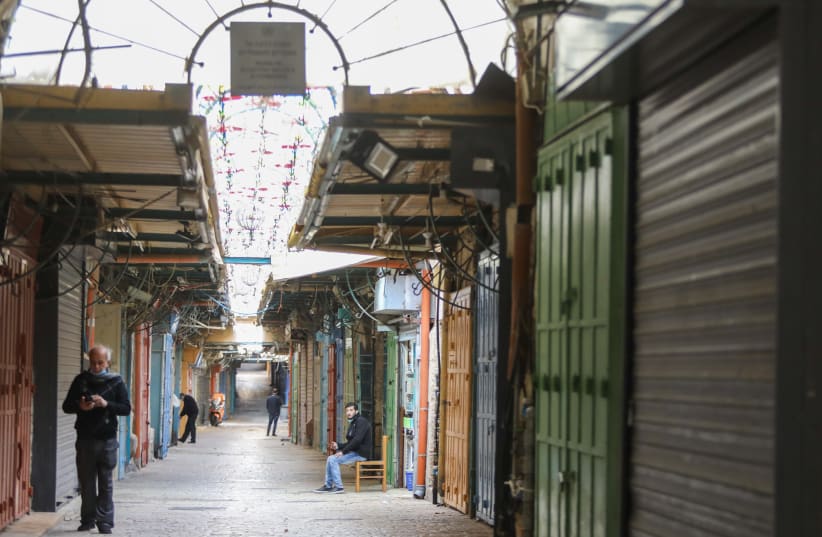Google divides the locations into groups, including workplaces, retail and recreation (including restaurants and cafes), and residence. Google compares the current figures in these places to the pre-crisis situation and publishes the change in percentages.
The graphs clearly show the results of the restrictions during the first wave in early March, about a month before Passover (closing educational institutions, as well as most stores, and limiting gatherings to 2,000 and then to 100 and 10 people). By April 1, access to jobs fell to -61%, the lowest value throughout the crisis, excluding holidays. Simultaneously, an even steeper decline was recorded in the arrival to restaurants and shopping (not including grocery stores, supermarkets and pharmacies) and recreation centers. Arrival to these reached -80% by April 1. It is not surprising to see that during that period there was an increase in staying home, as “visits” to residential places grew to +30%.
The impact of the closure imposed on New Year’s Eve (September 18) is difficult to measure, because it overlapped with the holidays. In terms of workplaces there was a sharp decline, especially on Rosh Hashanah and Yom Kippur, but in the week after Sukkot there was a return to an activity rate of -40%, and a gradual increase began. In this closure, too, shopping, restaurants and recreation were hit hard; the decline in them was from -10% before the closure to about -50% after Sukkot.
The current closure, imposed in late December, has affected almost exclusively the retail sector (including restaurants, cafes and recreation). The decrease in visits to shops was from -26%, before it, to about -50% during the closure. Visits to workplaces (excluding work from home), during this period, were almost unaffected (down from 26% to about 30%).
It seems that the tightening of the closure, beginning January 1, is reducing the scope of activity both in workplace and in stores, but it is too early to know if activity is going to bounce back. In general, it looks as though from closure to closure, workplaces are moving to a new routine (and that, as mentioned, before considering work from home, from which I am currently writing this column), but stores are being hit again and again.
Take care of yourself and others.
